Wasatch Plateau
Only the strong survive
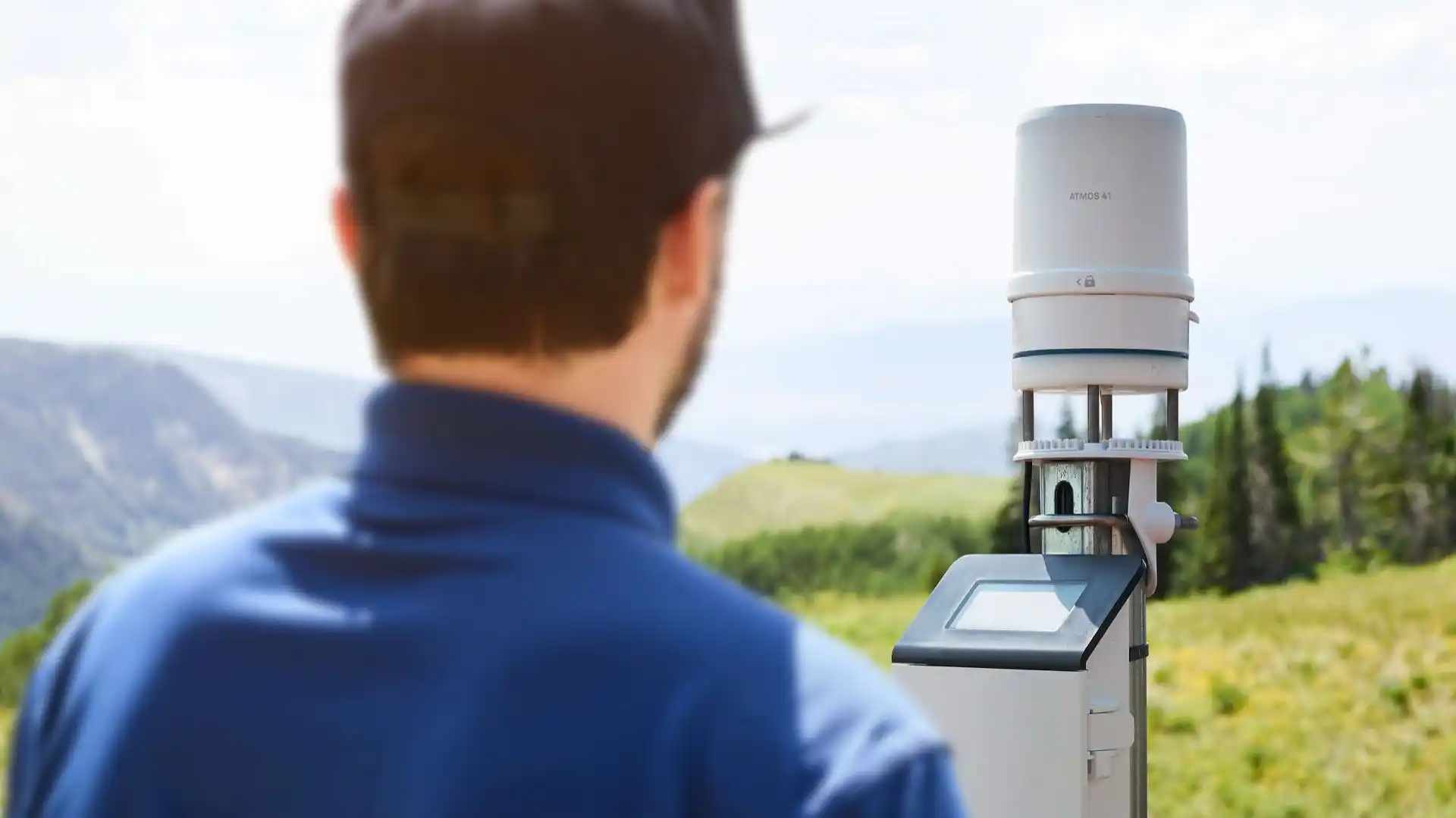
Climate change models for the Utah Wasatch Plateau predict earlier snowmelt and future rainstorms that will be less frequent and more intense.
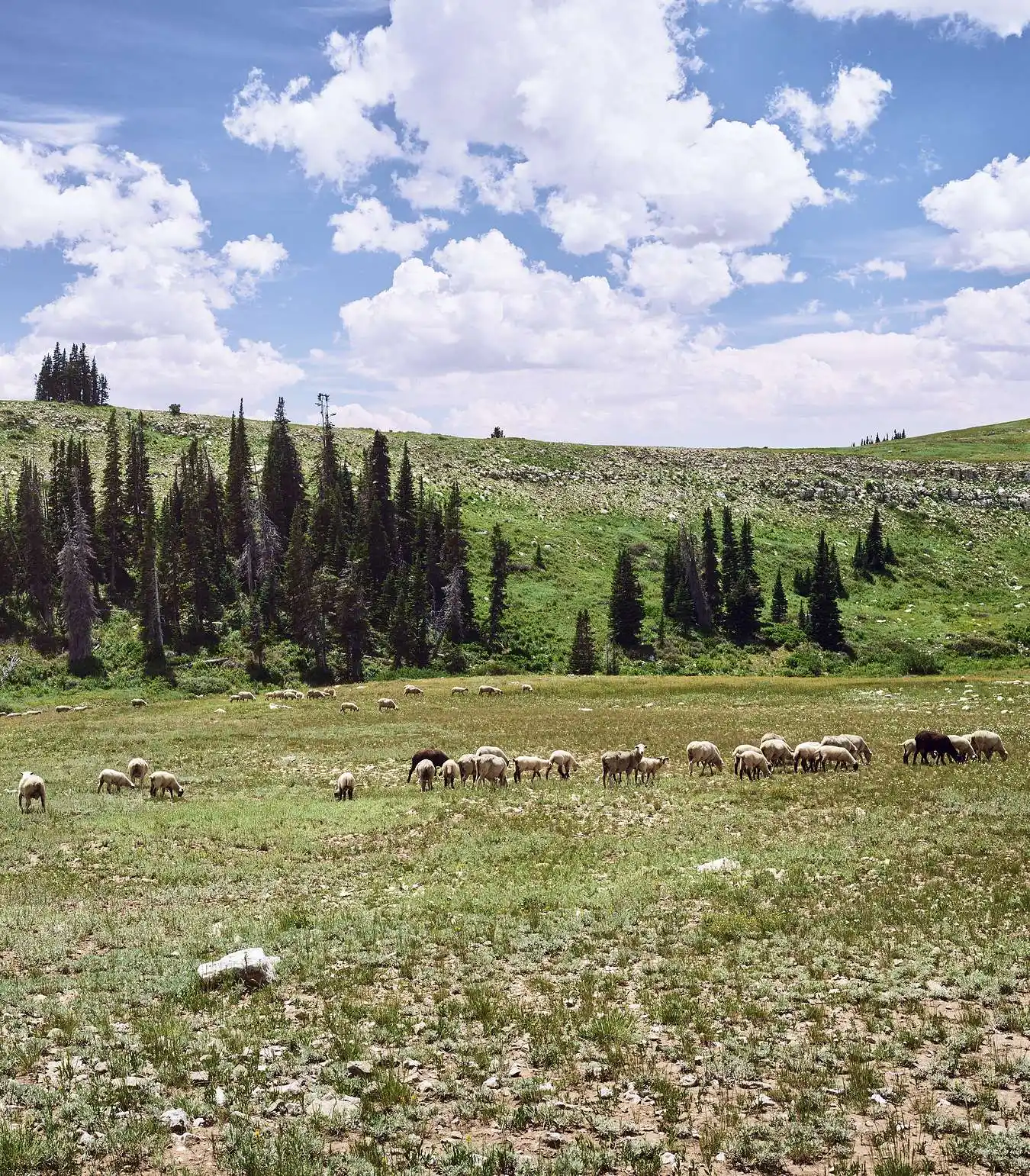
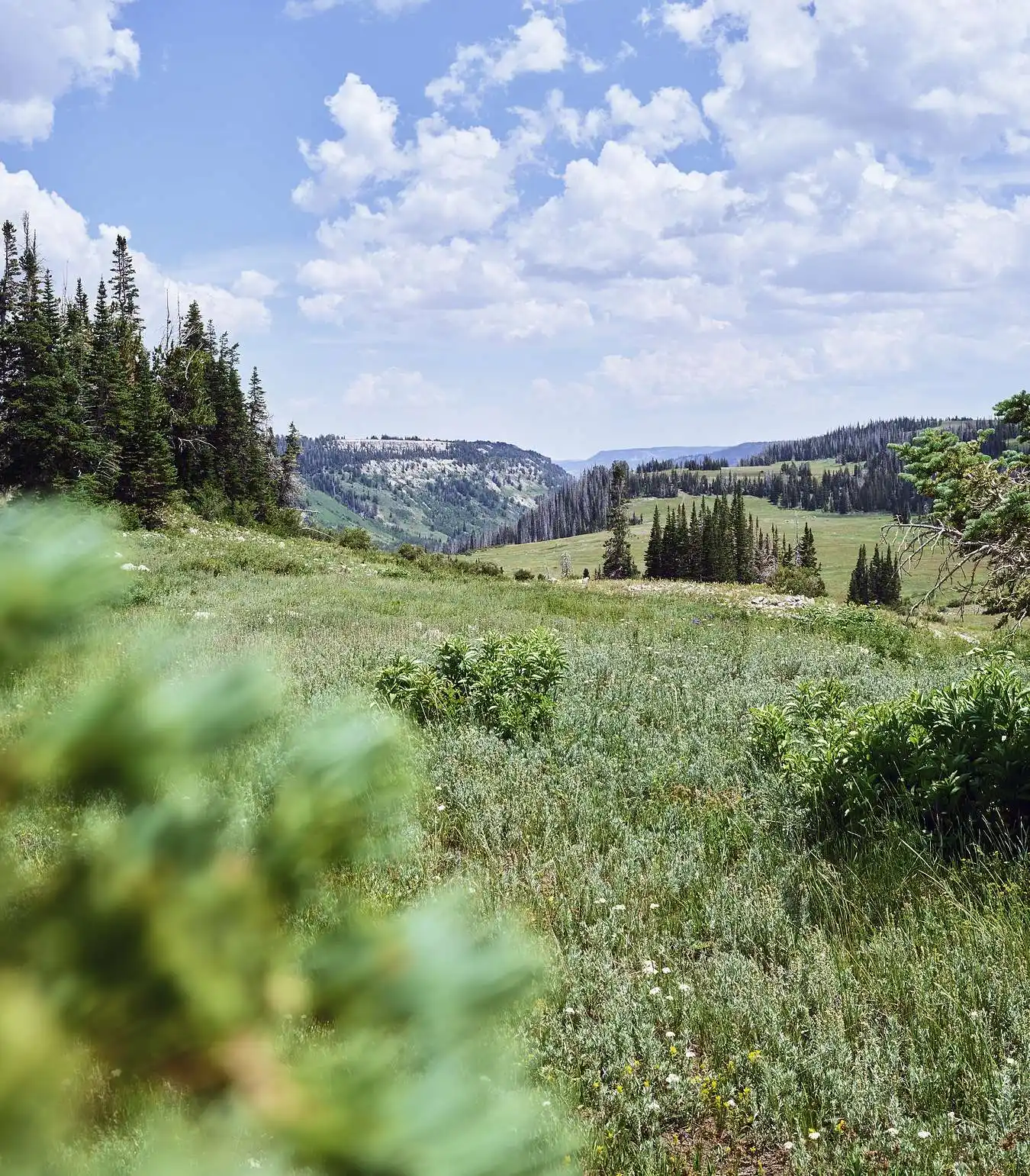
TREELINE ECOSYSTEMS FIGHT TO SURVIVE
Seedlings and recruiting plants will be forced to survive longer periods without precipitation. This won’t make a difference to plants that have sufficient water. But what about the trees and shrubs teetering on the edge of survival near the tree line?
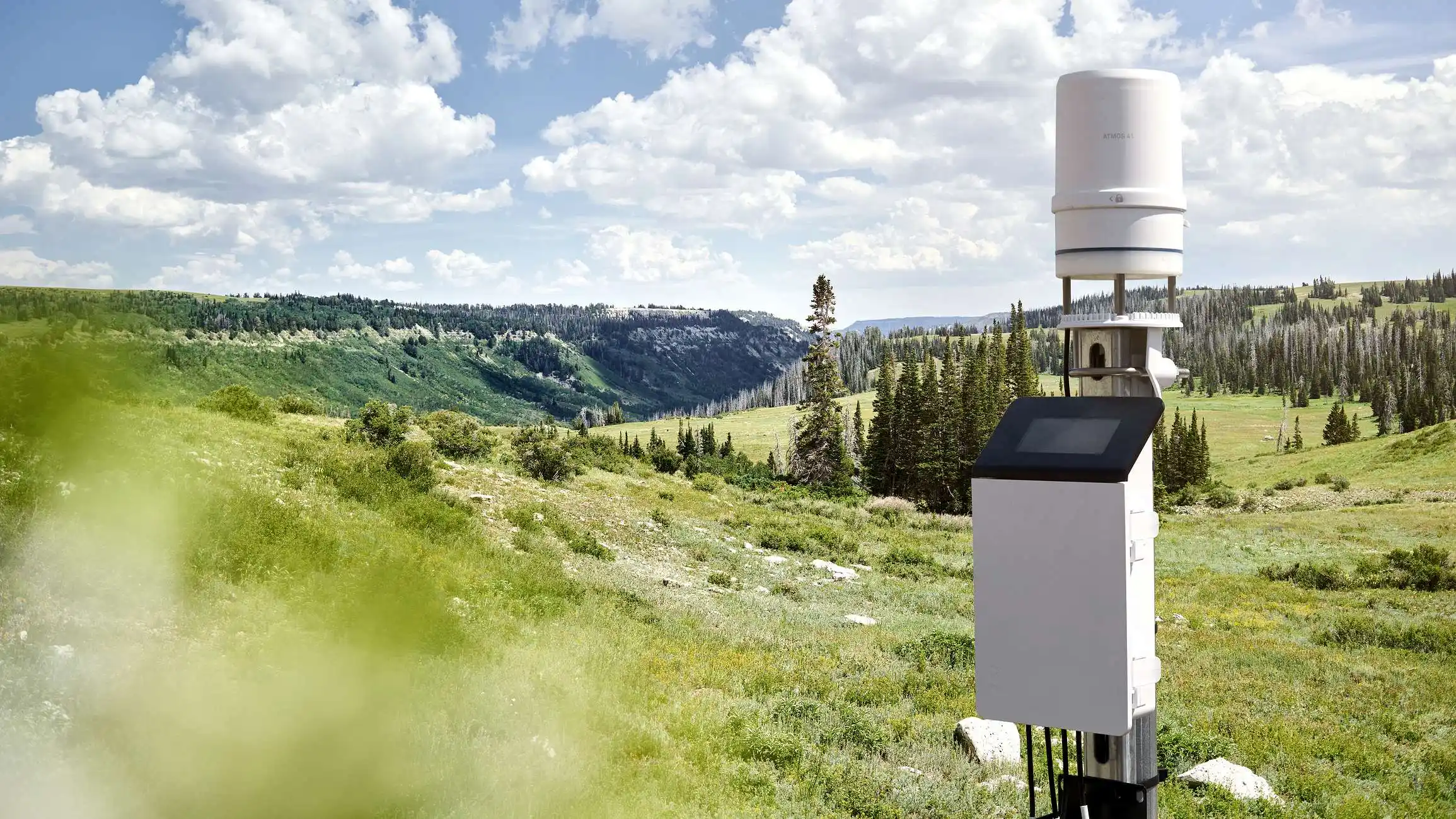
STORM BREWING
Here at 3,150 m (10,400 feet), the growing season is short, the weather is stark, and soil water is controlled by snowmelt and late-summer monsoonal storms. While simplistic models suggest that climate warming will push trees into mountain meadows, currently, many treelines appear to be static, possibly because of the unpredictability of summertime soil moisture.
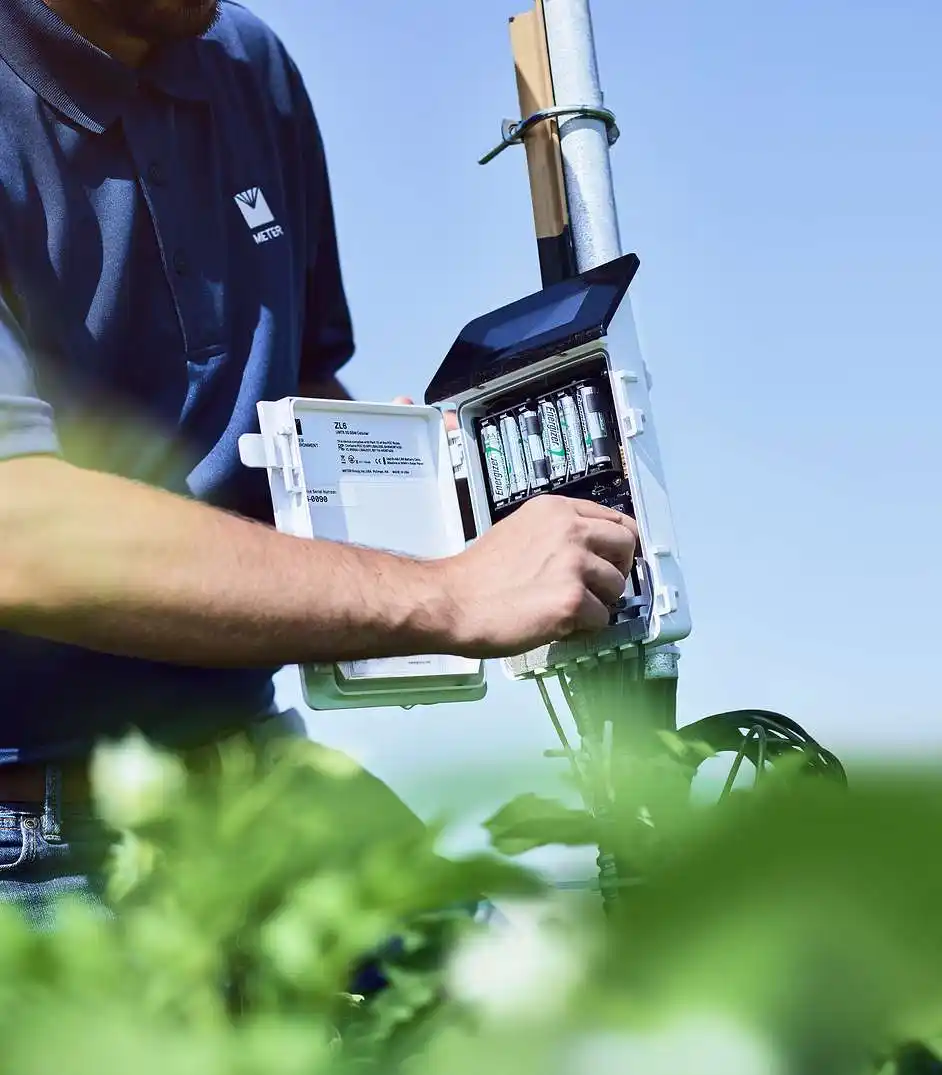
MYSTERIOUS GROWTH PATTERNS MAKE SCIENTISTS CURIOUS
At treeline, forests abruptly end, giving way to grass and forb-dominated vegetation, with infrequent, dispersed tree islands. Scientists want to understand why these trees and shrubs persevere only in certain areas and what role they may play in recruiting forest into meadows with climate change.
CHASING DEEPER INSIGHT
Dr. Richard Gill, ecologist at Brigham Young University, and his team are observing abiotic conditions inside these tree islands, hoping to provide insight into how the islands may act as thermal and hydrological refuges for recruiting seedlings.
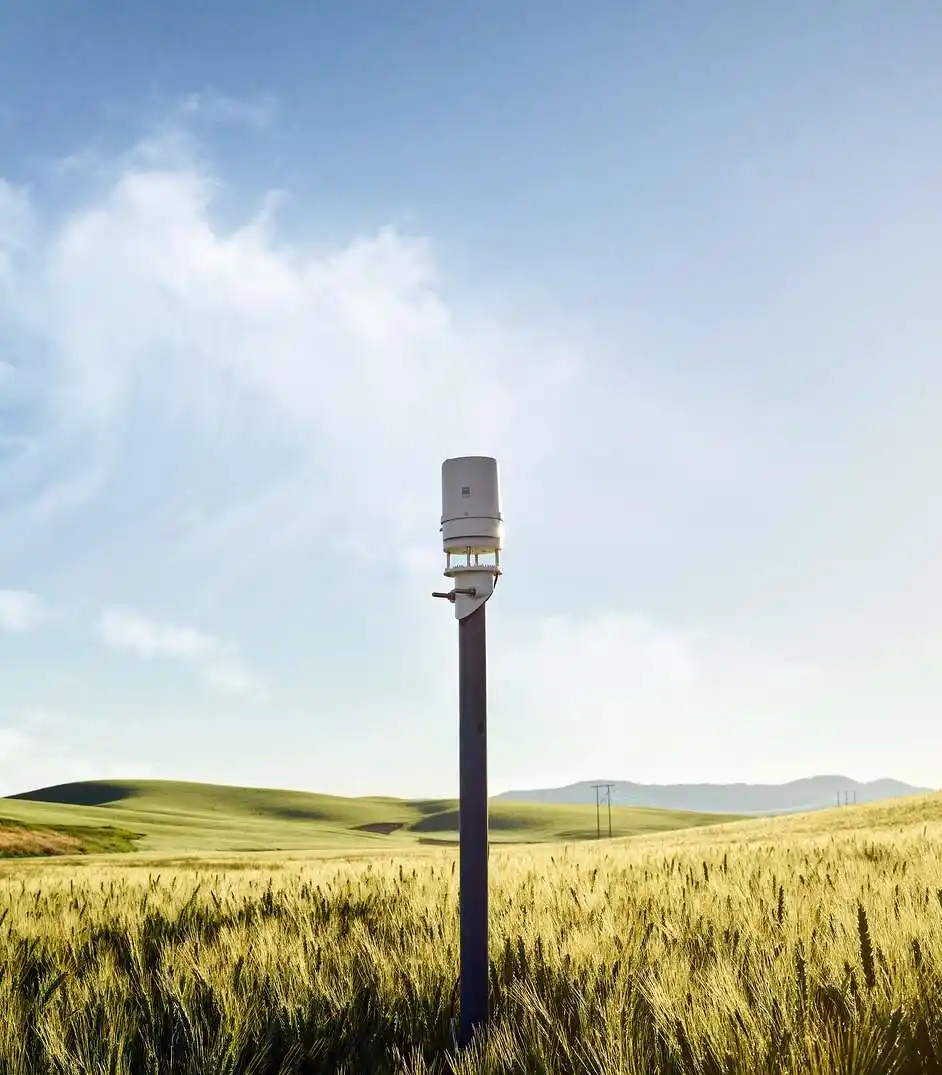
ZENTRA HELPS UNEARTH ANSWERS
The team uses METER all-in-one weather stations, soil moisture, water potential, and NDVI sensors to measure environmental parameters in the tree islands to learn what makes these areas advantageous for survival. ZENTRA Cloud gives the team the ability to recognize and troubleshoot data or technical problems in near real time, without having to make regular treks to high elevations in these remote areas.
Predict the future just got easier. ZENTRA Cloud enables the team to instantly visualize and share trends in conditions within and outside tree islands along a 1,200 m (4,000 ft) transect, which increases their ability to see critical events, adjust hypotheses, or make decisions on the fly. Their conclusions may ultimately help illuminate the impact of climate change on other marginal plant communities like this one.

Case studies, webinars, and articles you’ll love
Receive the latest content on a regular basis.

